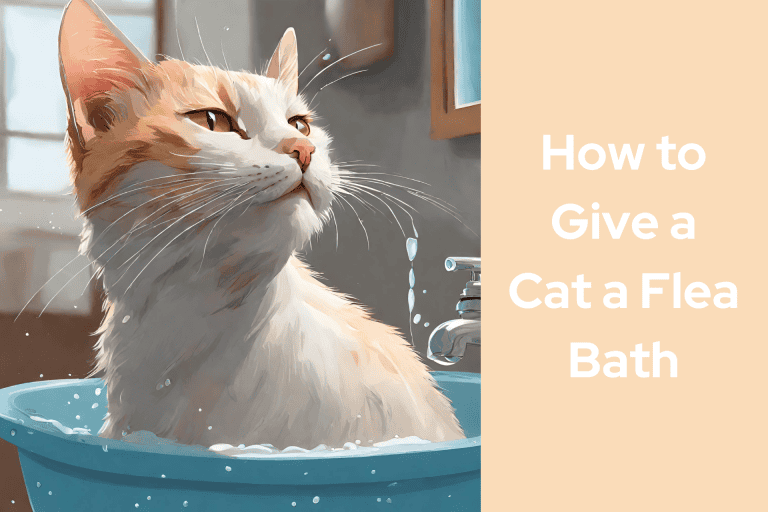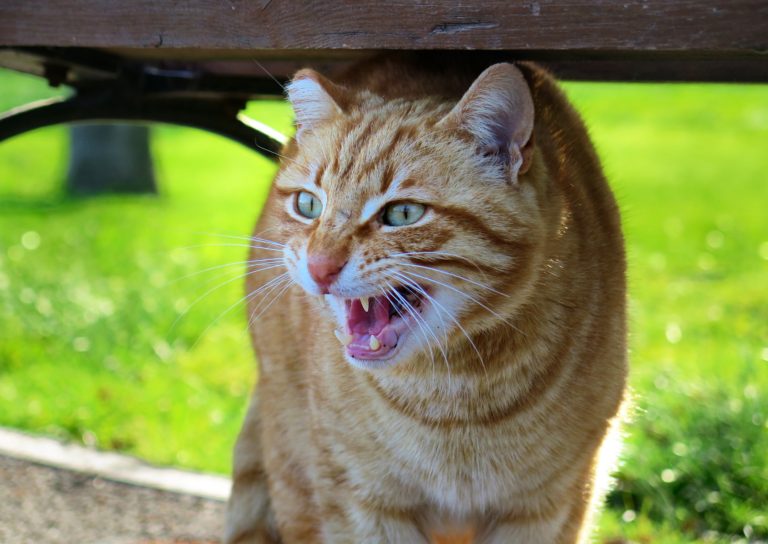Do Cats Eat Hamsters? Guide To Peaceful Coexisting
I recently visited my grandma during the holidays. Part of our Kenyan culture is taking some tea as we catch up. As we were chatting, I saw my granny’s cat come from the shamba with a big rat.
While this is a normal occurrence at her place, it bugged me for two reasons. One because my daughter wanted to get a hamster. And 2 because we have a cat at home, and I don’t know how safe the rodent will be.
So, this sent me on a research frenzy. Can cats and hamsters peacefully coexist? Will my Chacha try to eat my daughter’s hamster? Well, after some thorough research, here is what I found out:
Do cats attack hamsters?
Yes, cats can attack hamsters. Our furry besties are naturally predators. Considering their curiosity and predatory nature, they might see the hamster as prey.
If your kitto attacks your hamster, it is important to take the hamster to the vet immediately. If possible, make the cat leave the room before you take the hamster out of its cage. It is also important to continue spending time and bonding with your cat even though you have a new pet.
Do cats eat hamsters?
Some cats may want to eat hamsters. However, they are more likely to just attack and kill them. If your cat attacks your hamster, take the hamster to the vet immediately. It is important to still spend time with your cat even though you have a new pet.

Would a cat kill a hamster?
Cats are capable of killing hamsters on sight. This is because they are natural predators and see small creatures as prey.
Even if your cat is generally gentle and has never shown any aggression towards other animals before, it could still attack and kill a hamster if given the opportunity.
Also, keep in mind your cat may not be interested in eating the rodent. They ay just kill for the thrill of it.
Can a hamster survive a cat bite?
Yes, a hamster can survive a bite from your cat. However, you need to act fast for your rodent pet to survive. Felines carry harmful bacteria in their mouths that can cause serious infections in other animals.
If your cat bites your hamster, it is important to take the hamster to the vet immediately. The vet will clean and treat the wound and may put it on medication to prevent infection. If the wound is not fatal, the rodent will likely recover but will need to be monitored closely.
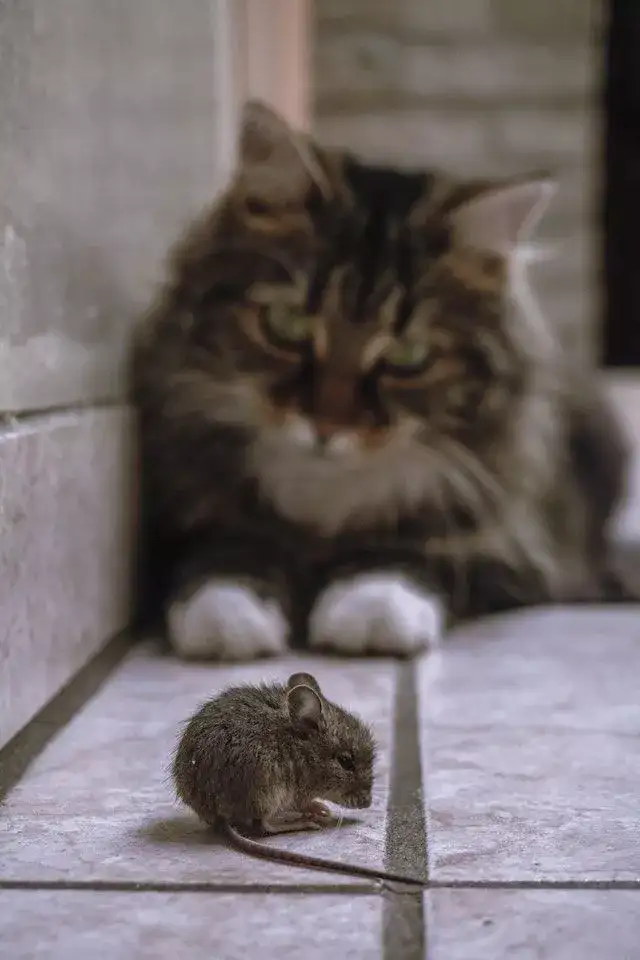
Are hamsters afraid of cats?
Most hamsters will instinctively be afraid of cats as they are much larger than them. It is important to introduce your new pet to your kitto cautiously. Always supervise to ensure the hamster’s safety. Do not leave the 2 unattended in the same room as the cat will likely see the smaller rodent as prey and attack.
Can cats and hamsters be friends?
Cats and hamsters can be friends if certain conditions are met. The two animals must be aware of each other, and the cat must not attack the hamster straight away. The hamster must also be aware of the cat and not be scared.
However, this is a tricky situation, and a lot of thought has to be put in.
How do I introduce my cat to my hamster?
Follow these steps to make the transition as smooth as possible for both pets. Make sure that both the cat and the hamster are safe and comfortable during the transition period.
1. Keep your cat and hamster in separate places
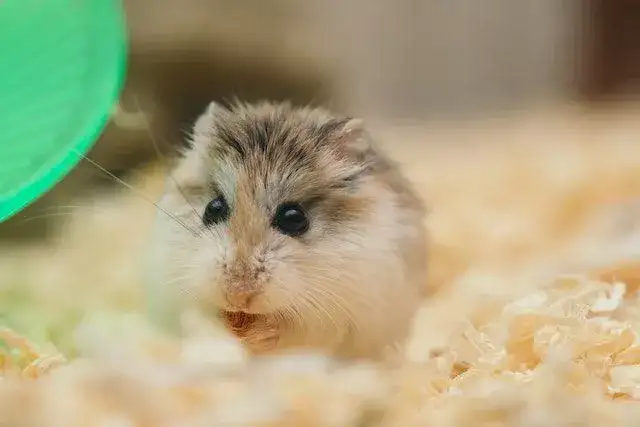
It is important to keep your pets separately to avoid conflict. For example, you can separate them by using rooms.
Keep your cat away from your hamster by covering all entrances and windows and preventing paws from coming into contact. This will help to avoid any accidents while the two animals are getting used to each other.
Set up a playpen for your hamster so that it doesn’t have access to the cat. This will provide a safe space for the hamster to play without having to worry about being near the cat. The playpen should be big enough for the rodent to move around freely without being cramped.
Spend time with your hamster alone to reduce stress and build a bond. This means taking some time each day to spend with your hamster without the presence of the cat. This will help the hamster relax and feel comfortable around you.
For example, you can hold your hamster or let them climb on you to reduce stress and build a bond.
2. Get your cat and hamster used to each other’s smells
The best way to get your cat and hamster used to each other is by introducing them gradually. This also works when introducing different cats.
Remember, some cats may negatively react to new smells. Consequently, they may go on a frenzy marking walls and urinating everywhere.
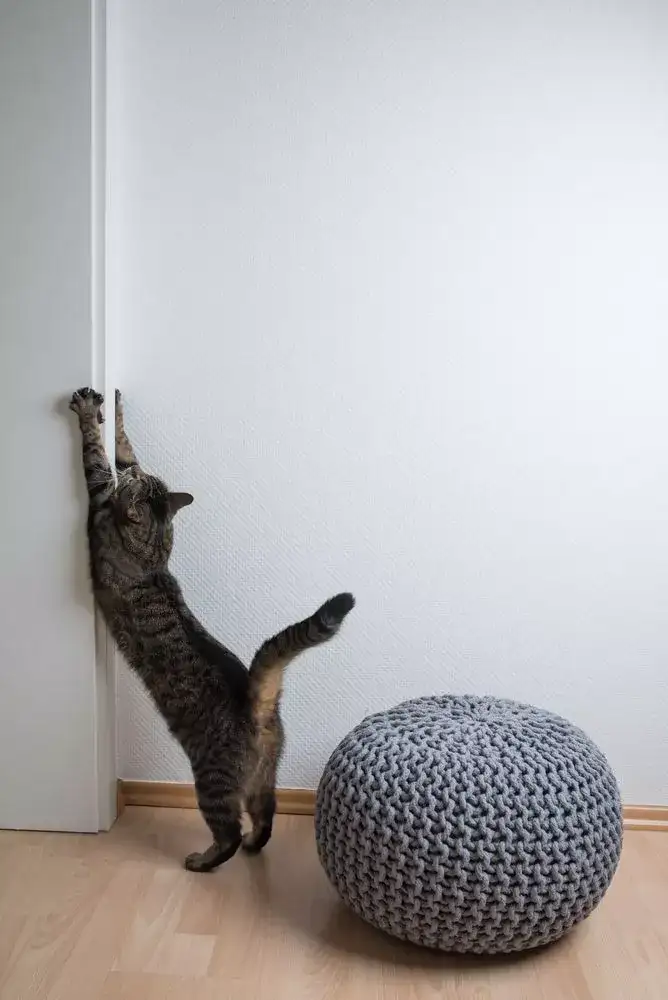
3. Let your cat and hamster see each other from a distance
As cats can be dangerous to hamsters, it is best to keep them in separate rooms. First, have them see each other from a distance with barriers between them. Once they are comfortable with this, you can try letting them smell each other.
Introduce them for an hour throughout the day. This means gradually increasing the amount of time that the two animals are in close proximity to each other over the course of several days or weeks.
The goal is to give the hamster an hour of uninterrupted time with the cat. This means having them in close proximity for an hour each day until they are comfortable with each other’s presence.
If the cat does not react aggressively to the hamster, you can let them pet each other. Always supervise their interactions and separate them if there is any aggression or fear. With time and patience, the two animals should be able to be in the same room without any problems.
4. Hold the hamster while the cat is looking.
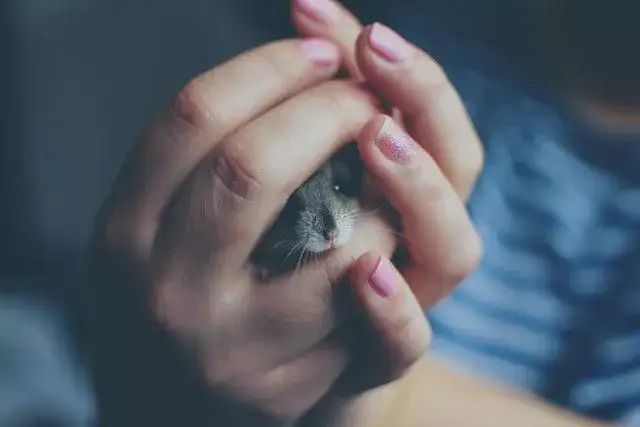
Start by holding the hamster in front of your cat and letting them sniff each other. If the cat seems interested and curious, allow them to approach and sniff the hamster.
You can teach your cat how to react properly around the hamster by using treats as rewards. For example, give your cat a treat every time it sees or smells the hamster without getting too close or trying to attack it. In this way, you can help your cat learn that the hamster is not prey and prevent any accidents from happening.
Slowly introduce more opportunities for interaction between the two animals over time, until your cat is comfortable with having the hamster around.
5. Give your cat and hamster time to get used to each other
Introducing a cat to a hamster can be a fun and educational experience for both animals. This process can help the two animals learn to coexist and can be a rewarding experience for you as well.
Monitor the situation closely to make sure both animals are safe. This means keeping an eye on both the cat and the hamster to make sure they’re not causing any harm to each other or themselves.
Don’t rush the process. You need to understand that some kittos may not even accept co-habiting with another pet. Do not force them to mingle.
6. Even if you think your cat has accepted your hamster as family, never leave the hamster out of the cage with the cat around.
Even if your cat seems to have accepted your hamster as part of the family, it’s never a good idea to leave the hamster out of its cage with the cat around. Cats are natural hunters and can become aggressive when left unsupervised with small pets.
How do I know my cat wants to harm my hamster?
The best way to tell if your cat is interested in your hamster is to observe its body language. If your cat is stiff and alert, with its nose close to the cage and its eyes following the hamster’s every move, it is probably interested in catching it.
On the other hand, if your cat is relaxed and not paying attention to the hamster, it is probably not interested.
If you are concerned that your cat may try to catch and harm your hamster, there are a few things you can do:
1. Purchase a sturdy and heavy cage for your hamster. The cage should be placed against a wall to prevent a cat from getting behind it.
2. Make sure the cage is locked into place to keep your cat away from your hamster.
4. Use a wire hamster cage that is made of durable metal and has narrow slats. This will create a barrier between the cat and the hamster.
5. Keep the cage out of reach of your cat by putting it on a high shelf or in a room that your cat does not have access to.
6. Make sure the cage has a secure lid that cannot be opened by your cat.
7. Provide plenty of toys and enrichment for your hamster so it stays active and distracted from the presence of your cat.
8. Make sure there is enough space for the rodent to move around in the cage.
How do I protect my hamster from my cat?
There are a few things you can do to protect your hamster from your cat. First, choose a location for your hamster’s cage that is away from your cat. This will help to keep your cat from bothering your hamster.
Second, put your hamster’s cage in a corner. This will make it more difficult for your cat to get to your hamster. Third, place your hamster in a cool location. This will help to keep your cat from getting too warm and making your hamster uncomfortable.
Tips to catproof a hamster cage
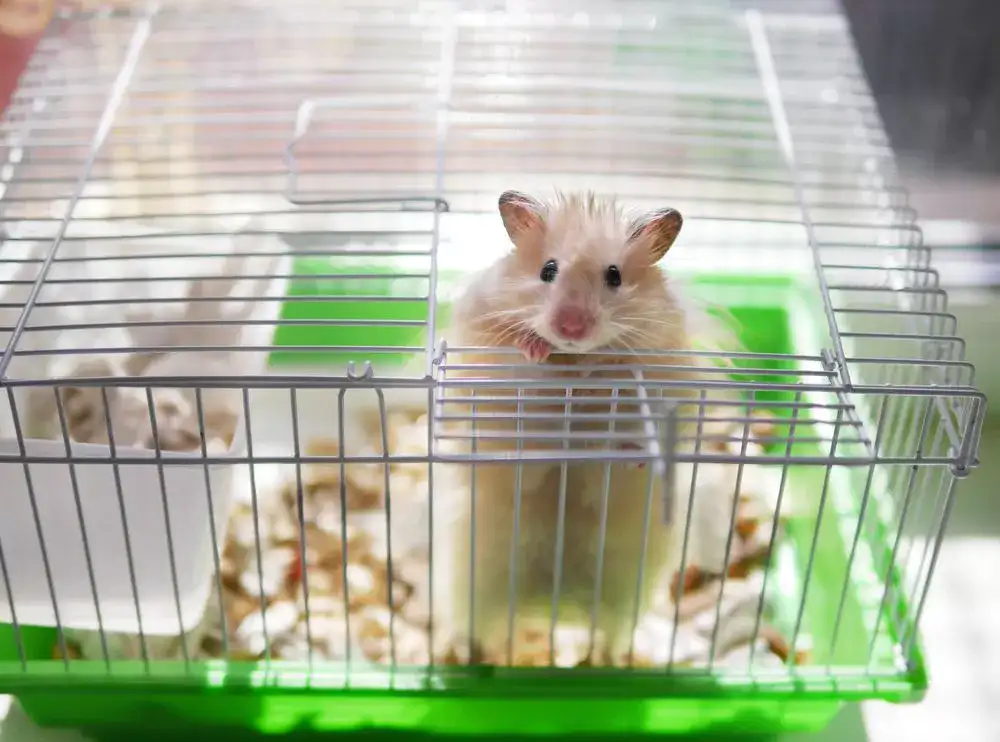
Make sure the hamster cage is escape-proof so the hamster cannot get out and the cats cannot get in. You can do this by making sure the cage has a secure lid and there are no gaps or openings that the hamster could squeeze through.
Also put the cage up high, out of reach of any cats in your home. This will help to keep them safe from each other.
If you have a cat that likes to drink from water bottles, you will need to be extra careful. Make sure the water bottle is securely attached to the side of the cage and that there is no way for the cat to tip it over and spill water into the cage.
One danger of keeping a hamster in your home if you have a kitto is that the hamster could escape from its cage. If this happens, your cat may see the hamster as fair game and chase it down, resulting in injury or death for the poor little creature.
For this reason, it’s important to make sure that your hamster’s cage is secure and escape-proof before bringing it into your home.
Can cats smell hamsters?
Cats have an enhanced sense of smell and can easily detect the scent of a hamster. However, in most cases, cats will not actually smell hamsters. This is because hamsters are usually kept as pets, and their owners would always have them in their hands.
From the cat’s perspective, it will only recognize the scent of a family member and would not harm the hamster.
Can I have a cat and a hamster?
Yes, you can have a cat and a hamster! While having a cat and hamster in the same home may not be ideal, they will get along fine as long as they are given enough space and time.
Make sure to give your cats plenty of attention. Even though having two pets in one home may be difficult at first, make sure to give your cats plenty of attention so that they don’t feel left out or neglected.
Overall, it’s not advisable to keep a hamster as a pet if you also have a cat. While there are some measures you can take to reduce the risks (such as keeping the hamster in a secure cage), it’s ultimately safest to just choose one pet or the other.

Why do cats eat flies: Everything you need to know
Cats or Hamsters: Which is faster?
A cat’s average speed is 30 mph, while a hamster’s is only 3-6 mph. This means that a cat can easily outrun a hamster.
In fact, a single pounce of a cat may be enough to get close and bite a hamster. Therefore, it is important to keep hamsters in cages rather than loose, as they will not be able to escape a predator like a cat.
How do hamsters protect themselves from cats?
Hamsters are small, timid animals that are often preyed upon by cats. In order to protect themselves, hamsters have developed several behaviors and diets that help them avoid being eaten.
Hamsters will often stand on their hind legs with their front paws in a protective stance when they feel threatened. This makes them appear larger and more intimidating to predators.
If an active and aggressive hamster feels he is in danger, he will roll onto his back and show his teeth. His legs will be on standby, ready to push away anything he perceives as a threat.
Hamsters also have a diet that helps them avoid being eaten by cats. They typically eat high-protein foods such as insects, bugs, and worms. These foods provide the hamster with energy and strength to escape from predators like cats.
Can a cat scare a hamster to death?
Yes. Being rodents, hamsters have very tiny hearts. If it perceives your kitto as a predator the stress may actually kill it.



